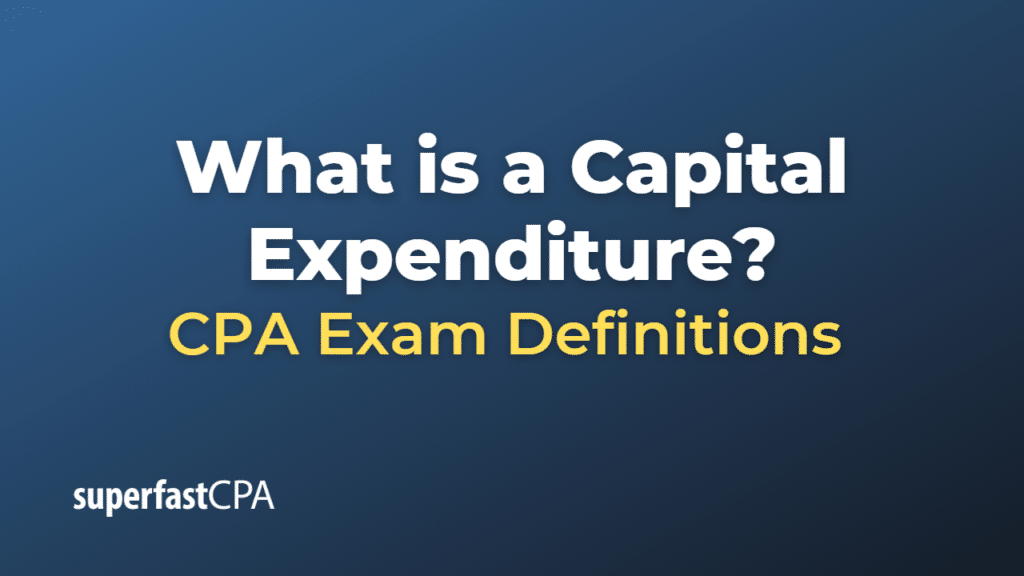Capital Expenditure
Capital expenditure (CapEx) refers to the funds spent by a company or organization to acquire, maintain, or upgrade long-term physical assets such as property, buildings, equipment, or infrastructure. These expenditures are considered investments as they are expected to generate value, improve operational efficiency, or increase revenue over a long period of time, typically beyond one fiscal year.
Capital expenditures are recorded on a company’s balance sheet as an asset and are then gradually expensed over the useful life of the asset through a process called depreciation or amortization. This allows the company to spread out the cost of the asset over several years, reflecting the asset’s usage and value over time.
CapEx is an important metric for investors and analysts as it can indicate a company’s growth, financial stability, and ability to generate future earnings. A company with consistent capital expenditures is often seen as investing in its growth, while a sudden decrease in CapEx might signal financial difficulties or a change in strategic direction.
Example of a Capital Expenditure
Let’s consider a fictional manufacturing company called “TechWidget Inc.” as an example.
TechWidget Inc. has been manufacturing widgets for several years, and its production capacity has reached its limit due to increased demand. To meet the growing demand and expand its business, the company decides to invest in a new production facility.
The cost of constructing the new facility, including purchasing land, building the structure, and installing the necessary machinery and equipment, is estimated to be $10 million. This $10 million investment is considered a capital expenditure because it is a significant financial commitment aimed at acquiring long-term assets that will generate value and improve the company’s operational capacity for several years.
Once the facility is operational, TechWidget Inc. will record the $10 million as an asset on its balance sheet. Over time, the company will gradually expense the cost of the facility through depreciation, reflecting the facility’s decrease in value as it is used and ages.
In this example, the capital expenditure of $10 million demonstrates TechWidget Inc.’s commitment to growth and expansion, signaling to investors that the company is investing in its future and expecting increased revenues as a result.













